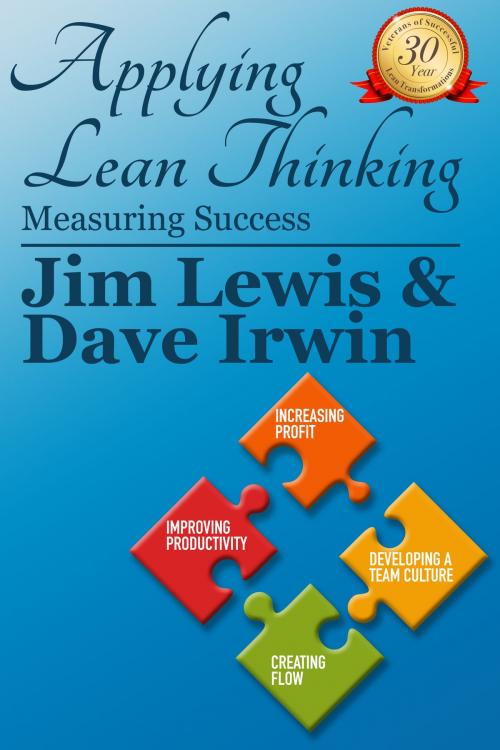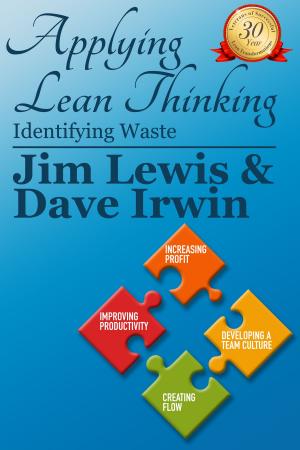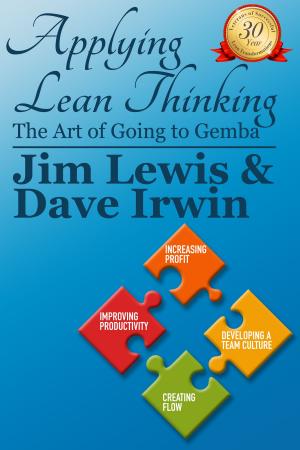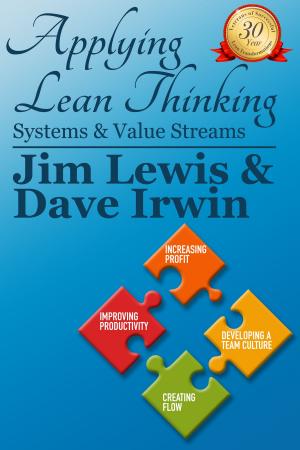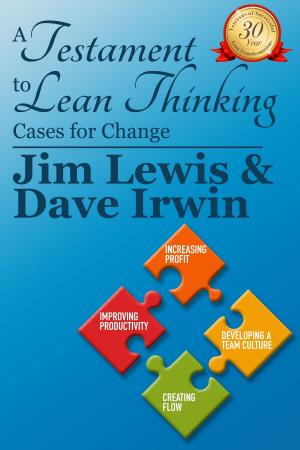Applying Lean Thinking: Measuring Success
Nonfiction, Science & Nature, Technology, Quality Control, Business & Finance, Management & Leadership, Management| Author: | James Lewis, David Irwin | ISBN: | 9781311894298 |
| Publisher: | James Lewis | Publication: | October 4, 2015 |
| Imprint: | Smashwords Edition | Language: | English |
| Author: | James Lewis, David Irwin |
| ISBN: | 9781311894298 |
| Publisher: | James Lewis |
| Publication: | October 4, 2015 |
| Imprint: | Smashwords Edition |
| Language: | English |
How do you measure the success of your company? Are you measuring things that are important to you and the stockholders, or are you measuring things that will truly lead to improvement? If your measurements are not easily interpolated at the process owner level, they are probably the wrong measurements. Financial information cannot be easily interpolated beyond the desk of the CEO and his direct reports. If you challenged the process owners in your company to improve profit could they translate that directive into meaningful continuous improvement projects at their process? Chances are they would not be able to do that. So why do you post or share financial information with people who can't do anything about improving it? Share what is meaningful to the process owner so he can begin to challenge his own activities to see if the decision he is going to make will be in keeping with corporate objectives. For example, on-time customer delivery can be interpolated across the entire enterprise and driven down to every process owner. If the company objective is to achieve 100% on-time delivery every time, then every process owner needs to deliver on-time, every time to his internal customer as well. That can be easily measured and analyzed for improvement. This booklet provides you with more examples of measurements that are important for the entire organization to understand and personalize so your company can meet its objectives. There are two other important decision-making guides for every process owner to personalize. They are the Mission Statement and the Vision Statement. Learn how to evaluate your Statements to see if they meet the criteria for clear, concise, meaningful information that everyone can relate to. When you are satisfied with your Statements, have every level in the organization write their own Mission and Vision Statements in support of the corporate Statements. Shared Mission and Vision Statements are a critical step in creating alignment in your organization.
How do you measure the success of your company? Are you measuring things that are important to you and the stockholders, or are you measuring things that will truly lead to improvement? If your measurements are not easily interpolated at the process owner level, they are probably the wrong measurements. Financial information cannot be easily interpolated beyond the desk of the CEO and his direct reports. If you challenged the process owners in your company to improve profit could they translate that directive into meaningful continuous improvement projects at their process? Chances are they would not be able to do that. So why do you post or share financial information with people who can't do anything about improving it? Share what is meaningful to the process owner so he can begin to challenge his own activities to see if the decision he is going to make will be in keeping with corporate objectives. For example, on-time customer delivery can be interpolated across the entire enterprise and driven down to every process owner. If the company objective is to achieve 100% on-time delivery every time, then every process owner needs to deliver on-time, every time to his internal customer as well. That can be easily measured and analyzed for improvement. This booklet provides you with more examples of measurements that are important for the entire organization to understand and personalize so your company can meet its objectives. There are two other important decision-making guides for every process owner to personalize. They are the Mission Statement and the Vision Statement. Learn how to evaluate your Statements to see if they meet the criteria for clear, concise, meaningful information that everyone can relate to. When you are satisfied with your Statements, have every level in the organization write their own Mission and Vision Statements in support of the corporate Statements. Shared Mission and Vision Statements are a critical step in creating alignment in your organization.
